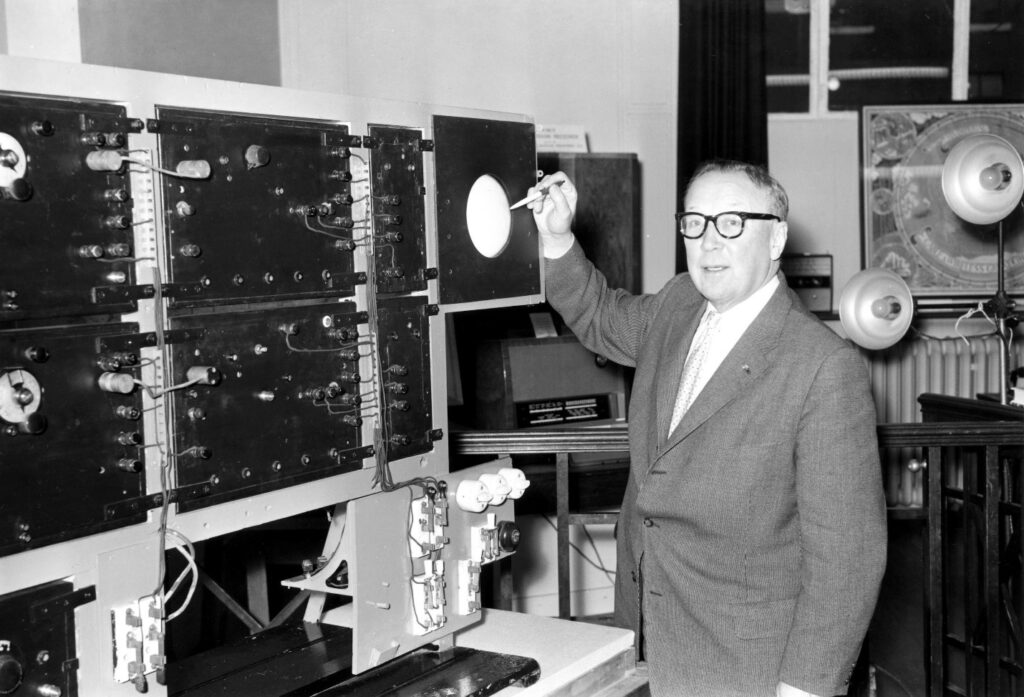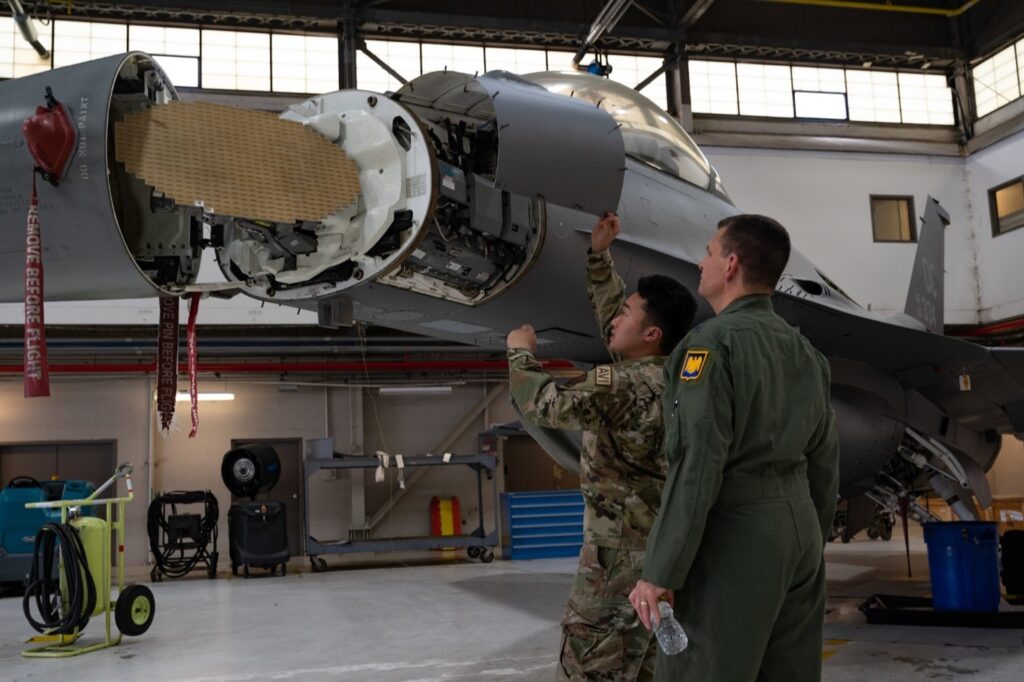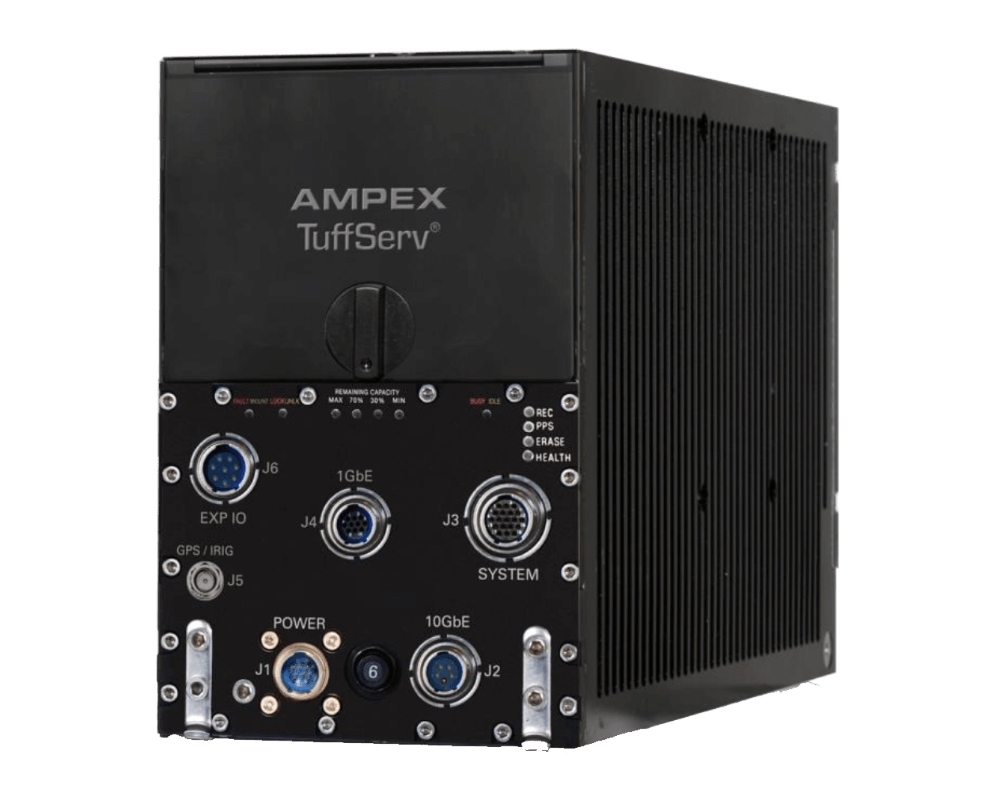Introduction

Today marks an important anniversary in the history of radar. On February 26, 1935, Sir Robert Watson-Watt and his assistant, Arnold Wilkins, successfully demonstrated radar for the first time. Conducting an experiment near Daventry, England, they detected a Handley Page Heyford bomber using radio waves. This milestone proved that radar could detect aircraft at a distance, laying the foundation for the development of radar technology that became crucial in World War II and beyond.
Since that first successful demonstration, radar technology has evolved into an essential capability across all military operations. From air defense and surveillance to electronic warfare and intelligence gathering, radar has become a cornerstone of military strategy. The United States Air Force (USAF) operates an extensive range of radar systems across its fleet, ensuring superior situational awareness, target acquisition, and tracking capabilities in contested environments.
USAF Radar Systems: Detection, Tracking, and Situational Awareness

Primary radars serve as the main detection and tracking systems for USAF aircraft. These radars provide air-to-air and air-to-ground situational awareness, target acquisition, and engagement capabilities. Below are some examples of radars utilized on popular platforms today, but this list is not all-inclusive.
| Radar Model | OEM | Aircraft |
| AN/APG-77 | Northrop Grumman | F-22 Raptor |
| AN/APG-81 | Northrop Grumman | F-35 Lightning II |
| AN/APG-82(V)1 | Raytheon | F-15E Strike Eagle / F-15EX Eagle II |
| AN/APG-63/70 | Raytheon | F-15C/D/E Eagle |
| AN/APG-68(V) | Northrop Grumman | F-16C/D Fighting Falcon |
| AN/APG-83 SABR | Northrop Grumman | F-16 (AESA Retrofit) |
| AN/APQ-164 | Northrop Grumman | B-1B Lancer |
| AN/APQ-181 | Raytheon | B-2 Spirit |
| AN/APQ-166 | Northrop Grumman | B-52H Stratofortress |
| B-52 AESA Radar (APG-79/82 Derivative) | Raytheon | B-52 Stratofortress (Radar Modernization) |
| AN/APY-2 | Northrop Grumman | E-3 Sentry AWACS |
| AN/ZPY-2 (MP-RTIP) | Northrop Grumman | RQ-4 Global Hawk Block 40 |
A Solution for Radar Data Recording

The TuffServ 640 (TS 640) is a high-performance rugged data recorder designed for intensive Radar, EW/ISR, and EO/IR applications. It enables secure, high-capacity radar data recording while having enough performance available to support 3rd party or internally developed AI/ML analysis for mission-critical insights. The TS 640 is an entirely open architecture system that seamlessly integrates additional components based on customer needs as long as we can fit it into its form factor. Additionally, we provide a pre-STIG hardened Red Hat Enterprise Linux (RHEL) operating system, but customers have the flexibility to utilize our software, their own, or third-party applications to best suit their mission objectives.
We also provide the Ampex Common Compute Environment (ACCE), a data management software suite designed to optimize data acquisition, organization, and retrieval. While ACCE enhances system efficiency, customers are not required to use it and can opt for their own software solutions if preferred.
Key Features:
- Storage Capacity: Up to 300TB removable storage.
- Network Interfaces: Dual 10GbE Optical interfaces.
- Encryption Options: AES 256/FIPS 197, FIPS-140, CSfC.
- Data Throughput: 1,900 MB/s internal rate, NFS data rate.
- Environmental Compliance: MIL-STD-810, MIL-STD-461F, ruggedized for harsh conditions.
Radar Data Storage Capabilities
To provide a complete picture of the TS 640’s capabilities, we first consider the worst-case scenario: maximum radar resolution at full operational duration. This scenario represents the highest data generation possible, ensuring that our solution meets even the most demanding requirements.
For a Fighter AESA Radar such as the AN/APG-77 on the F-22 Raptor, which can theoretically generate up to around 10 Gbps of radar data:
- 10 Gbps = 1.25 GB/s
- TS 640 Max Write Speed = 1,900 MB/s (1.9 GB/s)
- TS 640 Storage Capacity = 300TB (300,000 GB)
Assuming the F-22’s radar is continuously generating data at 10 Gbps, the TS 640 could theoretically record: 158 minutes (2.6 hours) of continuous radar data at full resolution before reaching storage capacity.
For Surveillance Radars such as the AN/APY-2 on the E-3 Sentry, which should produce around 50 Gbps:
- 50 Gbps = 6.25 GB/s
- TS 640 Recording Time: 48 minutes before reaching full storage capacity.
A More Realistic Concept of Operations
Aircraft radars do not operate at full resolution for the entire mission. Instead, they adjust resolution, power consumption, and data rates based on mission priorities and operational constraints. In most cases, radars function between 10-70% of their maximum theoretical resolution to balance situational awareness, energy efficiency, and data management.
Estimated Operational Radar Data Rates
Fighter AESA Radar (Air-to-Air Tracking Mode)
- Maximum Resolution: 10 Gbps
- Typical Operational Resolution: 1-5 Gbps
- Estimated Data Rate: 100-500 Mbps per tracked target
- Total Radar Data Per Mission: 200 GB to 1 TB
Synthetic Aperture Radar (Air-to-Ground Imaging Mode)
- Maximum Resolution: 5-10 Gbps (varies by operational mode and environmental conditions)
- Typical Operational Resolution: 0.3-3 meters
- Estimated Data Rate: 50 Mbps to 1 Gbps
- Total Data Per Imaging Session: 50 GB per minute
AEW&C Surveillance Radar (Long-Range Multi-Target Tracking)
- Maximum Resolution: 50 Gbps
- Typical Operational Use: 15-35 Gbps
- Estimated Data Rate: 100 Mbps to 1 Gbps
- Total Mission Data: Estimated between 5-15 TBs depending on operational factors such as number of tracked targets, mission duration, and radar mode utilization
TS 640 Mission Recording Capability
The TS 640 provides unmatched recording capabilities across a broad range of platforms, from fighter aircraft with lower data demands to airborne early warning systems requiring extreme data throughput. This flexibility demonstrates Ampex’s ability to deliver solutions that meet the needs of both tactical and strategic operations.
Breaking Down the Numbers
Fighter AESA Radar (F-35 AN/APG-81 at 3 Gbps typical operational rate)
- Data Conversion: 3 Gbps = 3,000 Mbps / 8 = 375 MB/s
- Storage Capacity: TS 640 Storage = 300TB = 300,000 GB
- Recording Time: 300,000 GB / 375 MB/s = ~9 days of continuous radar data
This highlights the TS 640’s capability to support fighter aircraft with extended mission durations, ensuring critical sensor data is captured and available for post-mission analysis.
ISR Platform (E-3 Sentry at 20 Gbps operational rate)
- Data Conversion: 20 Gbps = 20,000 Mbps / 8 = 2.5 GB/s
- Storage Capacity: TS 640 Storage = 300TB = 300,000 GB
- Recording Time: 300,000 GB / 2.5 GB/s = ~33 hours of continuous mission data
The E-3 AWACS generates some of the most extensive radar data loads in the USAF fleet, tracking hundreds of airborne and surface targets simultaneously. The TS 640 ensures that even in the most data-heavy environments, critical mission intelligence is securely recorded and available for real-time and post-mission exploitation.
Mission Recording Use Cases
The ability to record, store, and analyze radar data is critical for a variety of mission applications.
- Situational Awareness and Threat Analysis: Recorded radar feeds allow DoD analysts to reconstruct engagements and monitor threats in real-time and post-mission, ensuring U.S. forces maintain a tactical advantage.
- Mission Debriefing and Training: Captured radar data is crucial for after-action reviews (AARs) and training exercises, allowing pilots and mission planners to refine tactics and improve decision-making.
- Electronic Warfare (EW) and SIGINT Collection: EW and ISR-equipped aircraft rely on recorded radar data to analyze enemy signatures, jamming techniques, and signal intelligence for countermeasure development.
- Aircraft Performance and System Validation: Recording radar feeds enables engineers to validate sensor performance, optimize algorithms, and ensure combat systems function effectively in real-world scenarios.
- Battle Damage Assessment (BDA) and Strike Validation: Radar data provides confirmation of target engagements, impact assessment, and weapons effectiveness, helping mission planners refine tactics and validate mission success.
- Force Protection and Early Warning Systems: Captured radar data enhances air defense coordination, enabling early warning systems to detect enemy aircraft, drones, and missile threats.
- Future System Development and AI Integration: Recorded radar data trains AI/ML algorithms for automated target recognition, predictive analytics, and advanced decision support in future combat systems.
- Legal and Strategic Documentation: Radar recordings serve as critical evidence in airspace violations, rules of engagement reviews, and military policy discussions, ensuring accurate historical documentation.
Final Takeaways
Radar technology has been a cornerstone of military aviation for nearly a century, evolving from its initial demonstration to becoming an integral part of modern warfare. The ability to detect, track, and analyze data in real time provides a significant tactical advantage, enabling mission success across various operational domains.
The TS 640 exemplifies the next step in radar data management, offering the capability to capture and store high-speed data from multiple radar platforms without interruption. With its 300TB storage capacity and high-performance architecture, it ensures that mission-critical data is recorded, secured, and available for analysis when it matters most.
As radar systems continue to advance, the need for adaptable, scalable, and secure data recording solutions will only grow. The TS 640 not only meets current demands but is built to support future developments in radar technology, ensuring that operators and analysts have the tools they need to maintain situational awareness, enhance threat analysis, and drive mission success for years to come.
